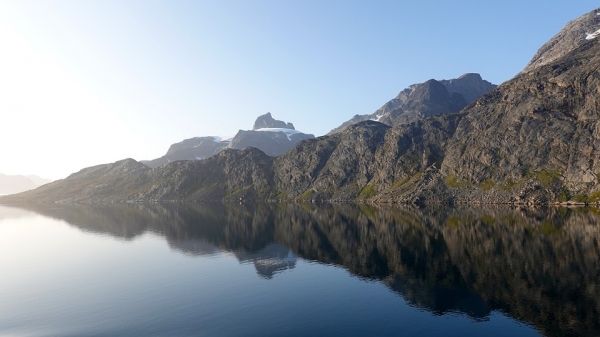One of the great mysteries of late medieval history is why did the Norse, who had established successful settlements in southern Greenland in 985, abandon them in the early 15th century?
The consensus view has long been that colder temperatures, associated with the Little Ice Age, helped make the colonies unsustainable. However, new research, led by the University of Massachusetts Amherst and published recently in Science Advances, upends that old theory. It wasn’t dropping temperatures that helped drive the Norse from Greenland, but drought.
When the Norse settled in Greenland on what they called the Eastern Settlement in 985, they thrived by clearing the land of shrubs and planting grass as pasture for their livestock. The population of the Eastern Settlement peaked at around 2,000 inhabitants, but collapsed fairly quickly about 400 years later.
For decades, anthropologists, historians and scientists have thought the Eastern Settlement’s demise was due to the onset of the Little Ice Age, a period of exceptionally cold weather, particularly in the North Atlantic, that made agricultural life in Greenland untenable.
Read more at University of Massachusetts Amherst
Photo Credit: dassel via Pixabay


